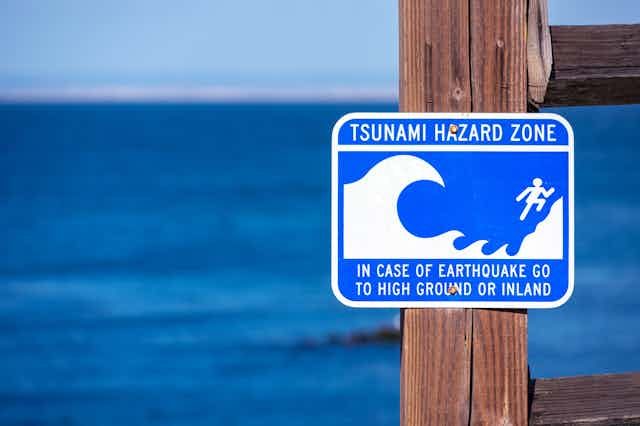The eruption of an underwater volcano and subsequent tsunami that hit Tonga on January 16, was one of the most violent natural disasters in decades. While this event had catastrophic consequences, such incidents are relatively common as volcanoes are naturally unstable, unpredictable and exist throughout the world.
I have spent most of my career conducting post-disaster field research, improving coastal defences and supporting people to become more resilient to tsunamis and less anxious about the risk. The challenge facing countries in these naturally vulnerable parts of the world is to adapt and educate their citizens to take their own safety actions.
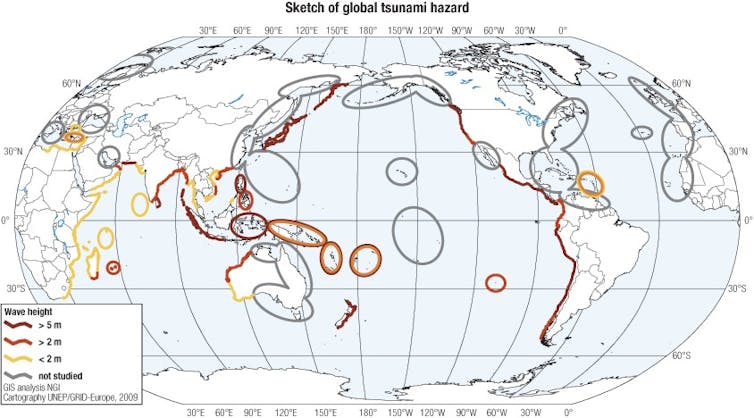
Here I have outlined four things that vulnerable countries must urgently do to mitigate the consequences of tsunamis:
1. Educate people to be more resilient
Education is one of the most effective defences. Regardless of the size of the wave or strength of seawalls, people are much more likely to survive a tsunami if they know exactly how to react once an alert is triggered. Vulnerable countries must therefore urgently create an educated, close-knit community that is aware that they are exposed to the risk and accept it as an aspect of their life and culture.
I conducted focus group meetings with people, businesses and communities in Indonesia after the Anak Krakatoa tsunami in 2018. In these groups, we established designated high ground areas and clear signage directing people to these safe zones. Evacuation events, such as mock tsunami drills, must be practised regularly so that people are familiar with safe areas and know where to go in the instance of a real tsunami.
In Tonga specifically, where a third of the population is under the age of 15, tsunami safety must be taught at both primary and secondary school levels. Familiarising their young population with tsunamis, as well as other natural hazards such as cyclones and earthquakes, will create a more resilient and less anxious adult population.
2. Create effective early warning systems
A decrease in ocean water surface levels is a clear sign that a tsunami is about to hit. Vulnerable countries must create early warning systems using satellites, drones and tide gauges to measure the vertical rise or fall of water to identify tsunamis before they happen.
In light of the tsunami in Tonga, it would also help to place equipment such as conductivity-temperature-depth (CTD) instruments, seismometers and thermal cameras near underwater volcanoes, while also observing the waters above with satellites. Buoys that measure the height and direction of waves can also be placed out at sea.
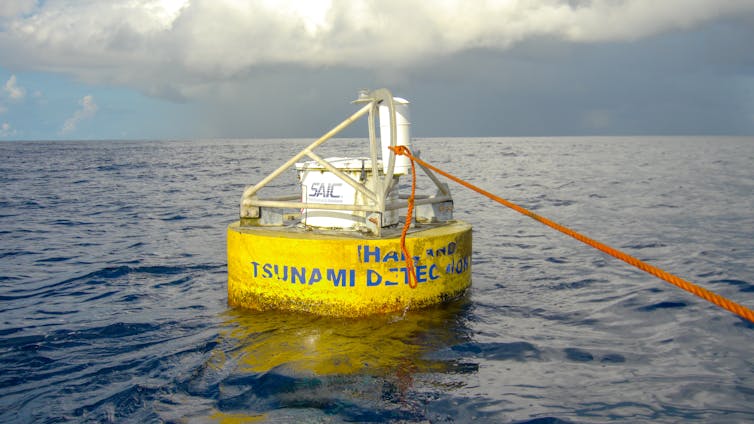
When water levels are triggered, tsunami alert messages are sent out, giving people enough time to escape the impact zones. I experienced this myself while conducting fieldwork in a small town on the southern coast of Japan in 2018. There was an earthquake during my stay and before the ground had even stopped shaking my colleague received a text alert from the regional government with instructions. I grabbed my passport and prepared to go towards a nearby hill if he received a follow up “red alert” text – fortunately, that particular earthquake did not cause a tsunami, and we were able to stay where we were.
3. Establish a strong coastal defence scheme
Tsunami-vulnerable countries must urgently create strong coastal defence schemes of offshore breakwaters, tsunami walls and flood levees. Tsunami waves hit hard, so ideally these foundations will be made of reinforced concrete to avoid erosion. Natural protections like coral reefs could be strengthened with nature-based solutions such as rock armour or heavy sandbags, which will lower the cost for developing countries.
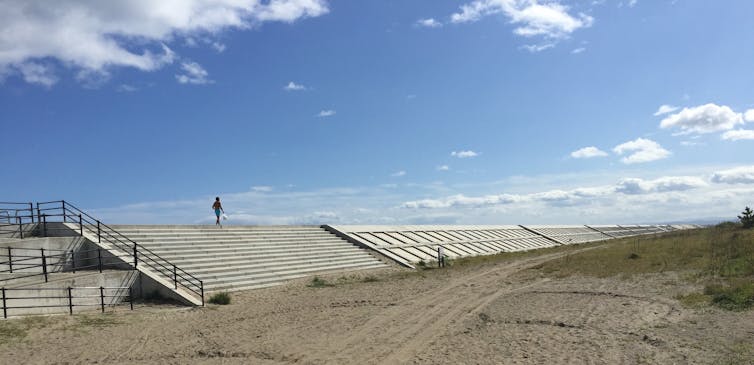
Critical infrastructure like power plants, densely populated communities and tourist hotspots must be built on higher ground, where possible. A good example of this comes from Miyagi and Iwate prefectures, Japan, which were badly hit by the 2011 Tohoku tsunami (the one which caused a nuclear disaster in neighbouring Fukushima). Some towns were rebuilt on elevated ground that had been filled in with compacted soil.
If space is available, coastal forests with tall trees could be planted between communities and the beach to act as a buffer zone, limiting the impact of waves and reducing flooding, while also improving the local ecosystem.
These defences may damage the tourist-friendly aesthetic of white sandy beaches, but they could save lives.
4. Form a regional approach to tsunamis
The effects of the underwater volcano eruption and tsunami in Tonga were felt around the Pacific in Australia, New Zealand, Japan and America. These vulnerable countries must implement a regional approach to defending and responding to tsunamis.
Aid must be given before tsunamis hit, not just after. This can be done through sharing data, expertise, research facilities and equipment. It is vitally important that this information is specifically given to developing countries to help strengthen their own defences.
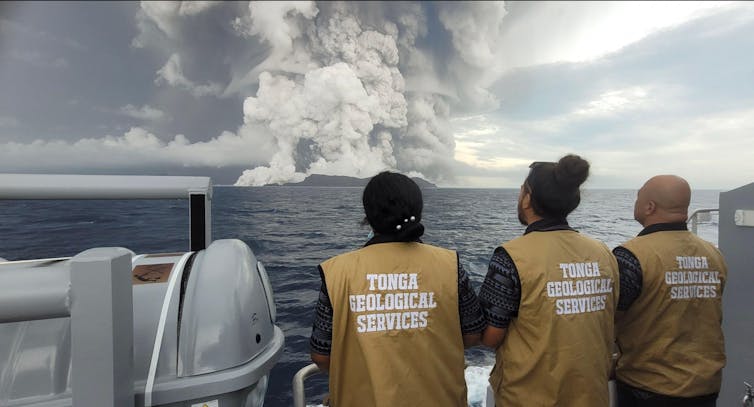
The underwater volcano near Tonga is active. And even if the recent eruption was a one in 1,000 year event, there is still a strong chance that it will erupt again since geological deposits show that major eruptions like this one tend to involve a series of many individual explosive events.
Countries that are threatened by tsunamis can’t prevent these natural disasters from happening, but they can adapt to be better prepared for when they do. Foreign aid will be vital for Tonga to recover from this horrific incident. However, education and collaboration will be its most important defence in the longer term.

